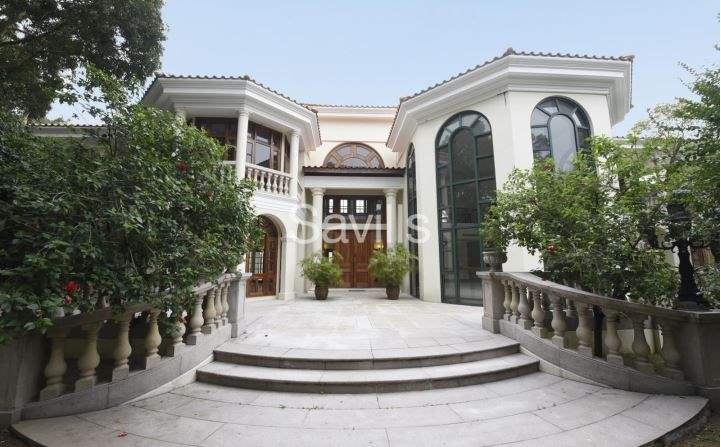The emergence of new markets with potential for investment in luxury residential developments offers stimulating opportunities for buyers in South East Asia – but they need to be nimble to keep ahead of changing government policies designed to prevent overheating.
"The past 12 to 18 months has been a lot more challenging for investors with a global mindset," says Simon Smith, head of Asia-Pacific Research at Savills. "It's about moving between markets to take advantage of the most favourable conditions for overseas buyers."
As a first-tier global gateway city, Hong Kong remains a comparatively secure market, with stability expected for the year ahead. The luxury sector fared better than anticipated between 2015 and 2016, with apartment values increasing two per cent.
Stability is also predicted in Singapore, where a slowing economy has affected property prices, although real estate has been more buoyant than other sectors. "It is believed that prices have now bottomed out at the luxury end of the market," says Alan Cheong, head of Research in Singapore.
Luxury property here is divided into landed houses and apartments, with ownership of landed property mainly restricted to nationals. Around 26 per cent of non-landed properties were bought by overseas buyers in 2016, led by Chinese and Malaysians. As in Hong Kong, property in Singapore is seen as a safe haven in the region, favoured by wealthy individuals seeking to diversify their portfolios. International buyers tend to look for well-maintained luxury apartments in core central city locations, including downtown areas and close to the marina and harbour front.
A limited supply of land for development will mean fewer opportunities to build new high specification towers. "In prime districts the availability of land is really tapering off," says Cheong. That’s likely to indicate future upward pressure on prices at the top end of the market. The property market in China is so firmly controlled that there is considered to be no risk of a price crash. "The market runs in three-year cycles here," says James Macdonald, head of China Research. "In mid-2015 the market started to pick up and by October 2016 prices had risen 20-40 per cent." Government restrictions, including raising mortgage down payments in Shanghai and local government control of property prices in 20 core cities, mean growth is expected to slow over the next 18 months.
The Savills market sector is new build, with 90 per cent of buyers Chinese residents. "We have the opposite of a buy-to-let culture," says Macdonald. "People buy flats when they can and leave them vacant until they need them. Chinese nationals living overseas also buy in preparation for their return."
.jpg)
.jpg)
.jpg)
